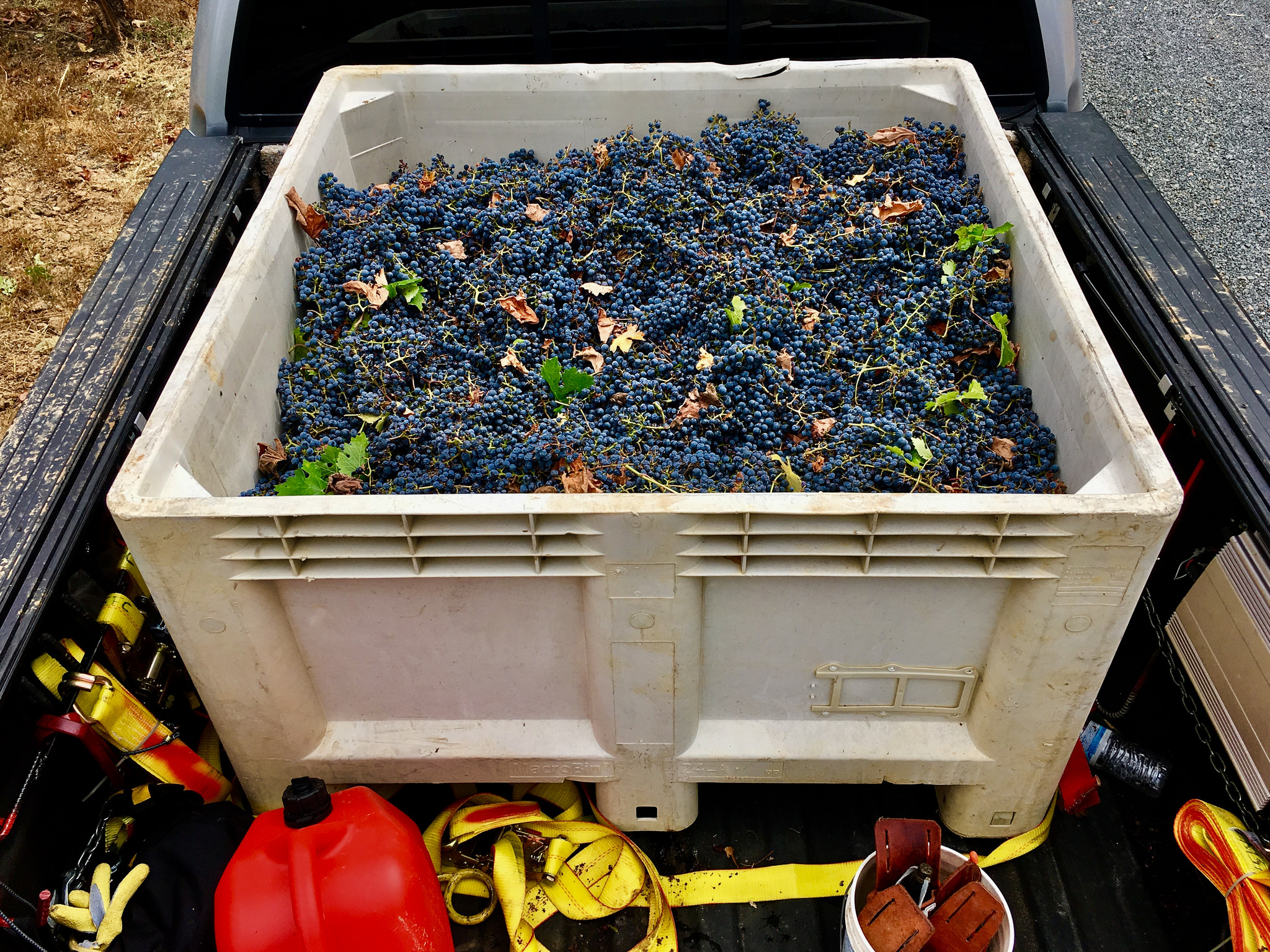You want to make a natural wine? Good. But where are you allowed to make it?
I make a few natural/low/no intervention wines each season. One of my more popular wines is Sangiovese. It will typically (because nothing is typical in a native ferment) start native fermentation within 24 hours of being destemmed. After fermentation and press out, the wine is placed in clean (steam cleaned), neutral oak for a period of between 9-20 months, where it will be racked once, regularly topped and minimally sulfured during that time. That’s it.
Sangiovese was the first native fermentation I ever allowed to complete. I was scared to have a native fermentation go poorly or just plain bad. As a boutique winery under 2000 cases, I can ill-afford mistakes for such a substantial part of my winemaking program. Throwing away 5 tons of fruit is simply not an option for me.
Are you new around here?
Suppose you’re a new winemaker in Sonoma County who would like to make a natural rose’, white and red wine. You have your vision and your manifesto for making a great natural wine. You want to use ancient fermenting vessels like amphora, egg shaped fermenters, and 500 liter wood barrels. You want spontaneous native fermentations and in-barrel malolactic fermentations.
The boutique winemaker has three choices:
1. Make wine at your own facility (lucky you that you have all the equipment)
2. Make wine at a custom crush facility (Alternating Proprietor Type 2)
3. Make wine on the side at the winery you probably work for (You probably have a nice employer)
A brief break during Harvest 2017 of dry-farmed Cabernet Sauvignon in Dry Creek Valley
Everyone has access to a concrete egg fermenter, right?
The debate about natural wine often misses the point of what’s practical in making, storing and maintaining the actual wine in a modern custom crush facility, (aka a facility you don’t own and make wine with as many as 40 other winemakers). As a winemaker with a Type 2 license I am an alternating proprietor at the custom crush facility and abide by the rules of the host facilities wine making protocols or suffer the consequences. For instance, I can't operate the forklift or bring in barrels that have tested for brettanomyces.
Here’s a quick list of 5 things you might want to know about custom crush facilities before you embark on your natural wine journey:
1. Regularly testing of oak barrels for brettanomyces and volatile acidity by the cellar master. The Cellar Master may remove barrels with unacceptable levels or not allow used barrels you’ve purchased into the cellar. Consolidating your natural wines into a single facility for bottling and efficiency may be stopped at the door after laboratory testing because your existing bulk inventory may have unacceptable levels of VA or brett detected and are rejected by the cellar master. Unacceptable levels may be determined by the custom crush facility, not you. Remember, there may be other winemakers in the custom crush that don’t want any hint of brett in their wines.
2. Does the cellar master use a combination steam/ozone/SO2 to clean their barrels and yours before filling them? Standard protocols in many custom crush facilities require monthly monitoring of free sulfur levels in finished wines and regular sulfur (SO2) additions to finished wines in barrel. Topping schedules are completed monthly.
3. Access to amphoras, concrete cone fermenters, large format exotic wooden casks or other non-standard fermenters. The facility may not have use or budget for less common fermentation vessels. As the start-up winemaker, you may not have the budget to buy your own less common fermentation vessel, therefore, you will use standard plastic macro bins for small lots. If you buy your own fermentation vessel and use it at a custom crush facility, who holds liability for the proper care, use and potential damage to a concrete egg or clay amphora?
4. Extended macerations on white wines take up tank space, add time and labor costs to production
5. Gravity feeding wines without the use of a pumps takes more time, which means more labor and not all facilities are built for “100% gravity fed” wines.
Just some food for thought for those considering the natural wine route.







